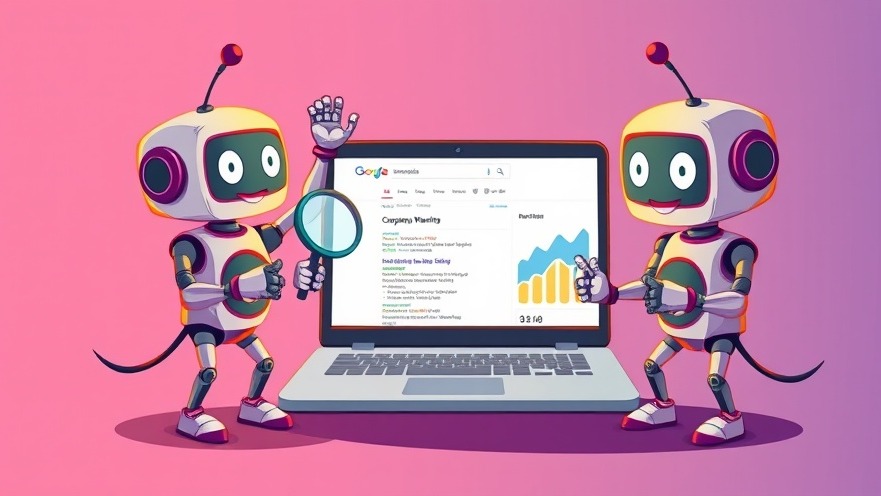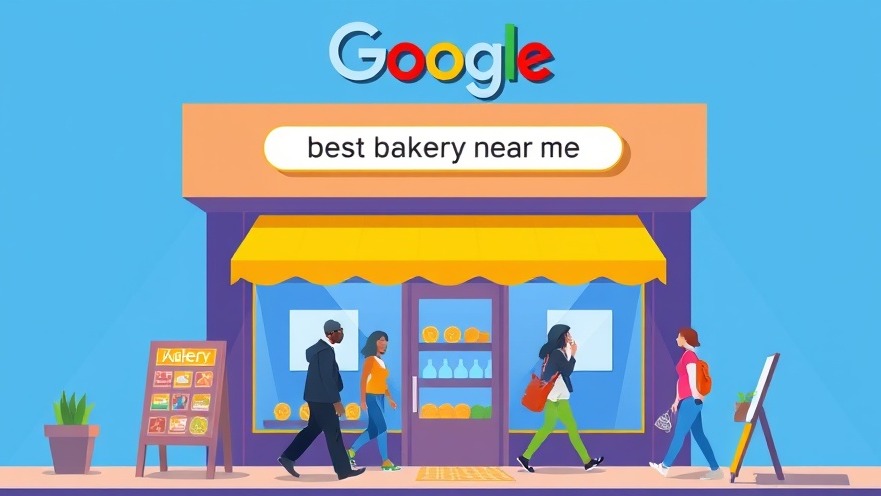Imagine you’re Miranda, a pet grooming salon owner, dreaming of a fully booked schedule. You’ve got the best grooming skills, but your shop stays quiet while competitors thrive. Why? They’re mastering online visibility, and you’re not—yet. This article will show you how to use SEO, GEO, and SEM to turn your business into a local sensation, inspiring you to connect with customers searching for you right now.
Key Takeaways
SEO (Search Engine Optimization): Boosts your website’s Google ranking for broad searches, attracting more visitors over time.
GEO (Geo-Targeting): Targets customers in your area, ideal for local businesses like salons or plumbers.
SEM (Search Engine Marketing): Uses paid ads for instant Google visibility, driving quick results.
Action-Driven Strategy: Combining these tools can skyrocket leads and sales.
Local Focus: Dominating your community online is key to small business growth.
What Are SEO, GEO, and SEM? Let’s Make It Simple
If marketing terms like SEO, GEO, and SEM sound confusing, don’t worry—I’ll explain them like we’re chatting over coffee. These are tools to help people find your business online, each working differently to bring customers to you.
SEO: Your Path to Google’s First Page
What It Is: SEO, or Search Engine Optimization, is about getting your website to appear higher on Google when people search for what you offer. It’s like putting up a huge online sign that says, “Visit my business!” This involves using the right words (keywords), making your website fast, and ensuring it’s user-friendly.
Why It Matters: About 75% of people never look beyond Google’s first page. SEO gets you there, driving more visitors to your site. It’s a long-term strategy that takes time but delivers lasting results.
Example: Suppose you’re Miranda, running a pet grooming salon in Chicago. With SEO, your website could rank high for searches like “dog grooming near me” or “Chicago pet salon.” You’d use keywords like “pet grooming services” or “Chicago dog haircut” on your site. Over time, Google notices, and your salon outranks competitors.
Story: Meet Mike, a florist in Seattle. He struggled to get noticed until he optimized his website with keywords like “Seattle flower delivery” and wrote a blog about wedding bouquets. Within six months, his site hit Google’s first page, doubling his orders. Mike didn’t just share tips—he inspired couples to choose his shop for their special day.
GEO: Owning Your Local Market
What It Is: GEO, or Geo-Targeting, focuses on reaching customers in a specific area, like your city or neighborhood. It’s a type of SEO for local businesses, involving your Google Business Profile, location-specific keywords, and listings on sites like Yelp.
Why It Matters: Over 46% of Google searches are for local businesses. If you’re a plumber, dentist, or café owner, GEO ensures nearby customers find you first, making you the go-to in your area.
Example: Picture Maria, who runs a coffee shop in Austin. She uses GEO by setting up her Google Business Profile, adding photos of her cozy café, and encouraging reviews. She includes keywords like “Austin coffee shop” on her website. Now, when someone searches “coffee near me,” Maria’s shop tops the list with a map and directions.
Story: Consider Tom, a handyman in Miami. He was losing jobs to bigger companies until he used GEO to target his neighborhood. By optimizing his Google profile with keywords like “Miami home repair,” he started getting calls from locals. One client, a single mom, thanked him for quickly fixing her sink—she found him as the top result on her phone. Tom’s story shows how GEO turns neighbors into loyal customers.
SEM: Instant Results with Paid Ads
What It Is: SEM, or Search Engine Marketing, means paying for ads that appear at the top of Google, marked “Sponsored.” You bid on keywords, and when someone searches them, your ad shows up. It’s like renting a prime spot on Google’s front page.
Why It Matters: SEM delivers immediate visibility. While SEO takes months, SEM drives traffic today. About 65% of clicks on paid ads come from people ready to buy, making it perfect for promotions or new businesses.
Example: Imagine Lisa, who owns a yoga studio in Denver. She launches a new class and uses SEM to promote it, bidding on keywords like “Denver yoga classes.” Her ad says, “Join Our New Yoga Flow—First Class Free!” When people search, her ad appears, driving sign-ups within hours.
Story: Take Jake, a caterer in Boston. He wanted to book holiday parties but had no online presence. He ran SEM ads targeting “Boston catering services,” offering a free tasting. Within a week, he had 15 inquiries and three booked events. Jake’s ad didn’t just inform—it inspired clients to envision their perfect event with his catering.
Why These Strategies Work Together
Think of SEO, GEO, and SEM as a dream team. SEO builds your foundation, GEO connects you with your community, and SEM gives you a quick boost. Together, they ensure your business is found by the right people at the right time. For example, a dental office in Atlanta might use SEO to rank for “best dentist,” GEO to appear in “dentist near me” searches, and SEM to promote a teeth-whitening special. This combo drove a 200% increase in appointments for one clinic, according to a 2024 study by HubSpot.
See How Digital Marketing All Can Drive More Traffic to Your Website
Ready to take your business to the next level? Our team at Digital Marketing All specializes in turning clicks into customers. Here’s how we can help:
Brand Voice Strategy: We’ll craft a unique voice that speaks directly to your ideal customers, making them feel understood.
Market Growth Opp Research: Discover untapped opportunities to attract more traffic you’re missing out on.
Local SEO: Dominate your local market with strategies that boost your Google rankings for nearby searches.
Dominate Google: Our proven methods will push your business to the top of Google’s results.
Competitive Link Analysis: Learn what your competitors are doing and outsmart them with smarter strategies.
Geo-Targeting: We’ll pinpoint customers in your desired locations, ensuring you reach the right audience.
Content Marketing: Our epic content gets shared, earns links, and drives traffic—crafted for success.
Paid Media Advertising: Get clear ROI with paid ads where you only pay for results.
Search Box Optimization: Own a keyword in your local area to rule your market.
Book a Call: Don’t wait—schedule a call with us today to start transforming your online presence!
FAQs About SEO, GEO, and SEM
Q: How long does SEO take to work?
A: SEO typically takes 3-6 months to show significant results, depending on your industry and competition. For example, a niche business like a vegan café might see faster results than a general contractor.
Q: Is GEO only for small businesses?
A: No, any business with a physical location benefits. A chain of gyms in Dallas used GEO to boost memberships by 30% by targeting local searches.
Q: How much does SEM cost?
A: Costs vary based on keywords and competition. You set a budget, and platforms like Google Ads charge per click. A small business might spend $100-$500 monthly for effective campaigns.
Q: Can I use SEO and SEM together?
A: Absolutely! SEO builds long-term visibility, while SEM offers instant traffic. Combining them maximizes reach, as seen in a 2024 study showing 150% higher conversions for businesses using both.
Q: Do I need a website for GEO?
A: A website helps, but a Google Business Profile alone can work wonders. A bakery in Phoenix used only GEO to double foot traffic in three months.
Ready to Be Our Next Success Story?
I hope you enjoyed reading this blog post. If you want to be our next success story, have my team do your marketing for you. Click here to book a call!
 Add Row
Add Row  Add
Add 








Write A Comment